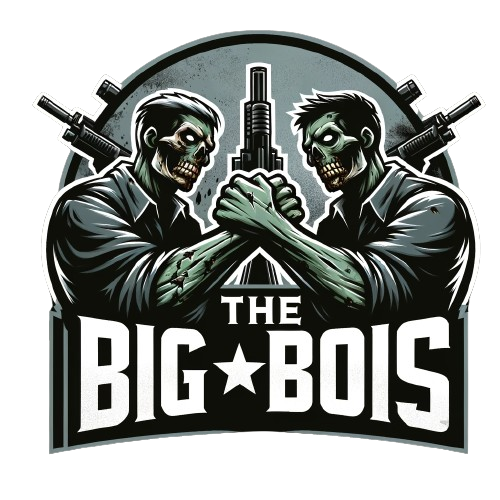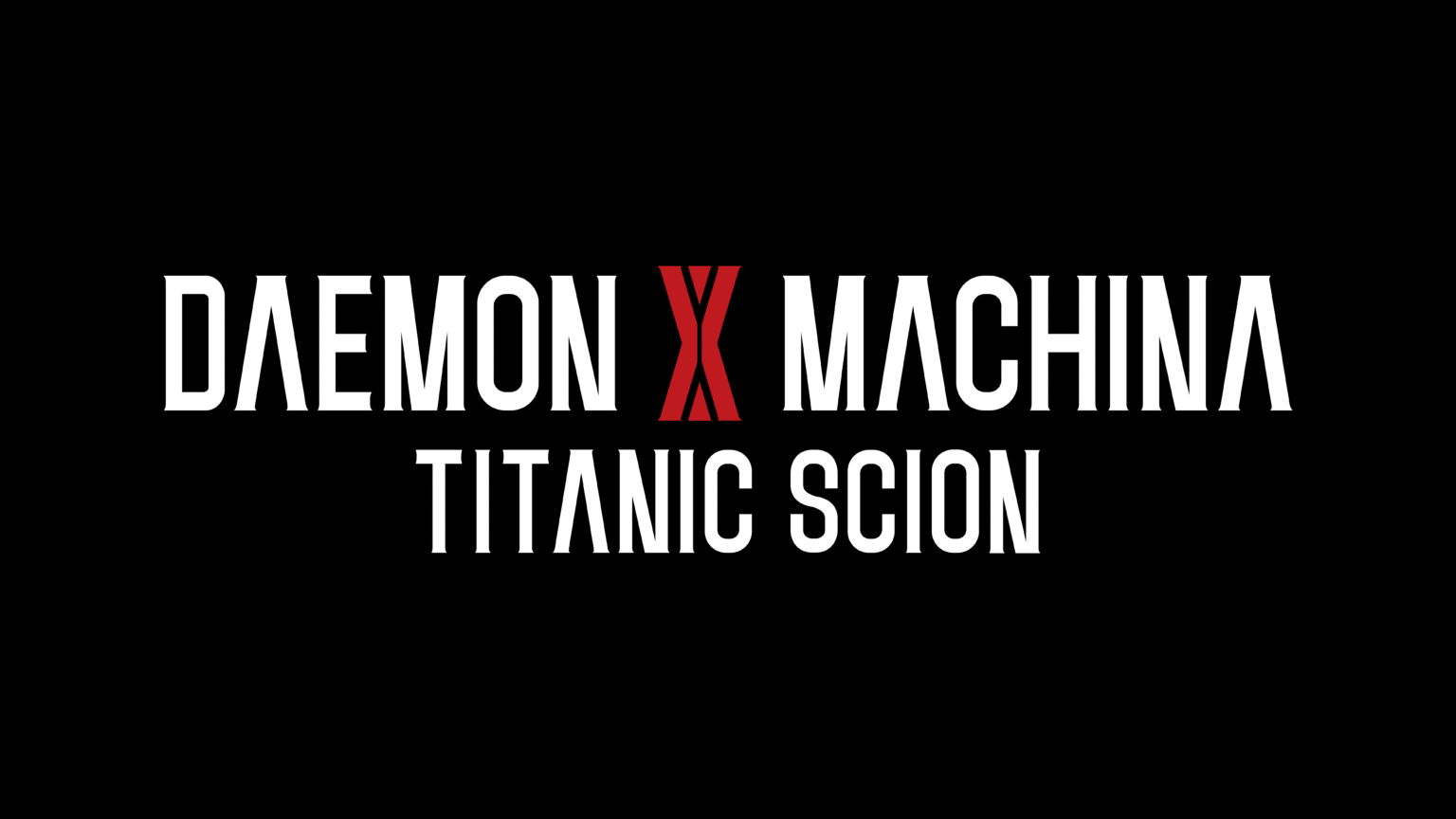The original Daemon X Machina was a curious beast—an eccentric mech-action title that carved out its own space at a time when fans were starved for giant-robot combat. Titanic Scion, the full-fledged sequel from Marvelous Inc., is set to release in 2025 with the promise of refining everything that worked before while opening its scope in bold new directions. The result is a game that straddles two identities: part Armored Core-style mechanical combat simulator, part open-world looter-shooter with co-op hooks. It’s messy, it’s unbalanced, but it’s also fast, flashy, and undeniably fun if you’re the right kind of player.
A Familiar Arsenal with New Tricks
Once again, you climb into a customizable Arsenal—essentially a personalized exosuit that can be outfitted with weapons, shoulder cannons, melee options, and unique augmentations. Titanic Scion doubles down on the modularity. You can salvage gear mid-mission, fuse upgrades, and tweak your suit to reflect not just your playstyle but your build philosophy. Want to run a nimble scout armed with rapid-fire rifles? A missile-spewing tank that rains fire from above? Or a hybrid build with healing drones? All viable—though balance issues mean some setups clearly outclass others.
One significant change is the Fusion system, which replaces the traditional skill-tree approach. On paper, it’s great—mix and match abilities for new actives, boosting survivability or damage in ways that feel personalized. In practice, it sometimes feels like a grind funnel. Some abilities, like Hack or Subjugation, feel absurdly strong, while others (Mirage) seem half-baked. It’s the kind of system that screams for post-launch patching. Still, the flexibility it offers makes tinkering with builds one of the most rewarding parts of the game.

Combat – Speed and Spectacle
The good news: combat still feels excellent. Melee slashes, aerial dashes, and explosive barrages all have satisfying weight. If you’ve played Armored Core VI, the DNA is obvious, but Titanic Scion pushes for more freedom in movement. You can soar through the skies, skim across the ground, or even hop off your Arsenal to scavenge on foot. The controls lean slightly floaty, especially with vehicles, but overall responsiveness is tight enough to keep the action exhilarating.
Boss fights remain the crown jewel. Titanic monstrosities—part machine, part nightmare biology—force you to use every tool at your disposal. The spectacle is undeniable: dodging a skyscraper-sized mech’s plasma barrage while your allies swarm its weak points never stops being thrilling. Co-op especially shines here, with up to three players coordinating attacks, covering flanks, and reviving each other mid-battle. Solo, it’s doable—but chaotic and sometimes punishing.
From Corridors to Open Skies
Where the first game funneled players into mission-based arenas, Titanic Scion embraces a semi-open world. The shift works surprisingly well. Vast plains, dense forests, and ruined cities invite exploration, with loot caches, hidden minibosses, and environmental storytelling tucked away. There’s even an infamous “infinite tower” climb that had players buzzing online—a bizarre, seemingly endless vertical gauntlet that may or may not be unfinished content. Regardless, stumbling upon mysteries like this scratches that old-school “what’s out there?” itch.
The downside? Open-world design highlights how thin the narrative feels. Titanic Scion trades the original’s mercenary-faction intrigue for a more generic “Good vs. Evil” plot. Gone are the tense betrayals and uneasy alliances that gave the first game texture. In their place is a straightforward conflict and a protagonist so overconfident they’re almost a parody. Some players will find the campy dialogue hilarious, others grating. Either way, you don’t come to Daemon X Machina for its story—you come for the mech brawls.

Loot, Progression, and Replayability
Titanic Scion leans heavily into looter-shooter progression. Enemies drop gear of varying rarity, incentivizing grinding and replays. Sometimes this feels rewarding—snagging purple-grade equipment early by sequence-breaking areas is exhilarating. Other times, it feels MMO-lite in a way that clashes with the game’s pacing. Farming for drops isn’t everyone’s idea of fun, and without tighter balance, it risks alienating players who just want to dive into mecha combat.
Still, customization keeps the loop addictive. Collecting and experimenting with new builds, optimizing damage types, and swapping loadouts mid-fight keep combat fresh longer than the campaign’s story can sustain.
Visuals and Presentation
Graphically, Titanic Scion is a mixed bag. Environments are serviceable but not groundbreaking, with some textures feeling dated compared to other 2025 releases. What saves it is the art direction: bold designs, vibrant explosions, and stylish Arsenal models make battles look like animated chaos. It’s not next-gen spectacle, but when a squadron of player mechs swarms a towering boss while missiles streak across the sky, it’s hard to care about polygon counts.
Performance, at least on PC, is stable. Frame rates hold up even when hordes of enemies swarm the screen. For a game this chaotic, that’s a small miracle.
Multiplayer – The Real Hook
If Titanic Scion has a killer feature, it’s co-op. Missions that feel manageable solo turn into exhilarating teamwork puzzles with friends. Coordinating who takes aggro, who handles adds, and who provides healing makes even repeat runs engaging. Unfortunately, matchmaking is inconsistent, and with no AI skirmish option, the experience lives or dies by the player base. If you’ve got a squad, you’re golden. If not, you might be left waiting.
The Rough Edges
For all its high points, Titanic Scion isn’t without problems:
- Story: Generic, predictable, and lacking the intrigue of the first game.
- Balance: Some weapons and abilities are extremely strong, while others are nearly useless.
- Loot Grind: The MMO-style drop system will turn some players off.
- Price Point: At $70, some players argue it doesn’t quite justify itself given its flaws.
These aren’t deal-breakers if you’re here for pure mech mayhem—but they’re worth considering.
Daemon X Machina: Titanic Scion: Daemon X Machina: Titanic Scion isn’t the polished Armored Core VI rival some hoped for. Instead, it’s a wild, stylish, and uneven experiment that doubles down on co-op, loot-driven progression, and open-world exploration. If you loved the first game, enjoy tinkering with mech builds, or just want to blast titanic bosses with friends, you’ll find plenty to love here. If you’re more interested in narrative depth or perfectly balanced combat, you might walk away frustrated. It’s flawed, yes—but it’s also one of the most exhilarating mech-action rides out there right now. – Flare


